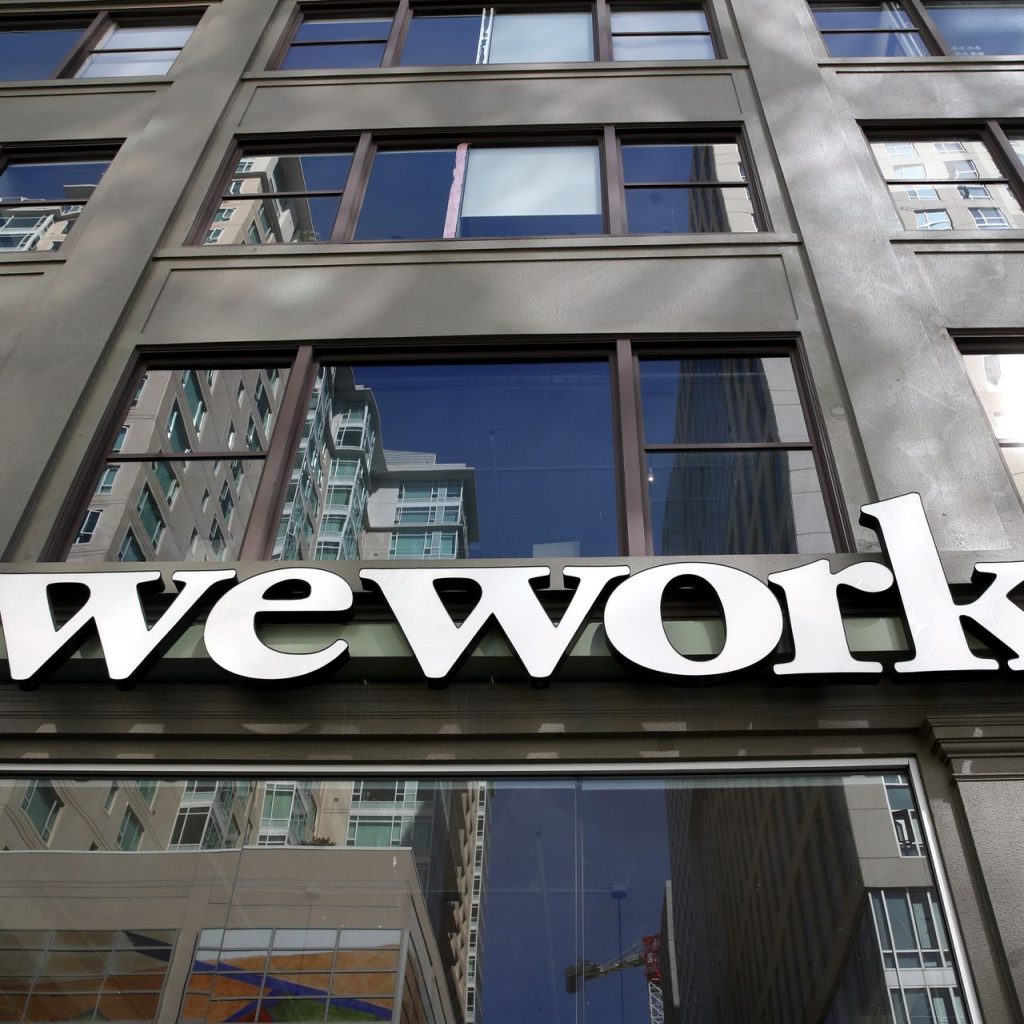The demand and premiums paid for transit oriented development (TOD) is based on how difficult it is to get from point A to point B. To solve the problem of highway congestion and rush hour traffic, TOD has been growing in many major metro areas.
Developers are paying a premium for land located near mass transit locations. Residents are paying a premium to live in housing units located near rapid transit stops and businesses are paying a premium to locate in the mixed-use transit oriented development projects that builders create.
But the demand for transit oriented development and the premiums that people are willing to pay could be coming to an end sooner than many investors expect. That’s because autonomous cars and the existing ride-sharing services offered by Uber and Lyft are rapidly solving the problem of highway congestion.
Similar to the way that Amazon has mastered the art of last mile delivery, companies such as Bird and Lime are reducing the need for people and business to be located near a rapid transit stop by offering smarter mobility. These two companies provide shared electric scooters, bicycles, and shared transit vehicles that reduce the need for using a personal auto for short distance transportation.
The combined effect of the disruptive services that Uber, Lyft, Bird, and Lime offer is to reduce highway congestion and speed up car traffic.
That’s the same problem that TOD has been trying to solve. Only Uber, Lyft, Bird, and Lime have managed to solve the problem of getting from point A to point B less expensively and more efficiently without resorting to high priced transit oriented real estate development.
As car trips decrease traffic speeds will increase, which reduces the reason for using rapid transit railways. As a result, the rationale for living near TODs will decrease and the residential and commercial real estate located near these transit oriented developments will lose their premium value.
How soon the demand for TOD and the premium prices people are willing to pay will change is anyone’s guess. But real estate is based on supply and demand. As autonomous cars, ride-hailing and ride-sharing services continue to grow and gain popularity it’s likely that property values will adjust long before these rides arrive.




